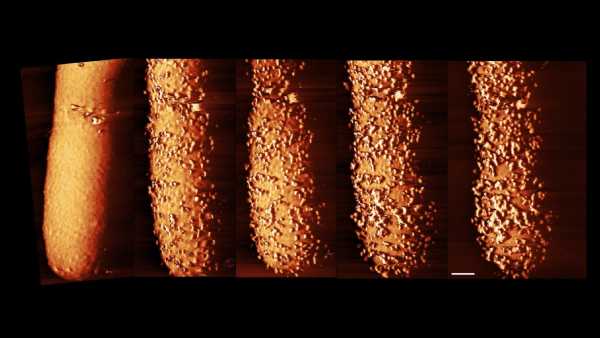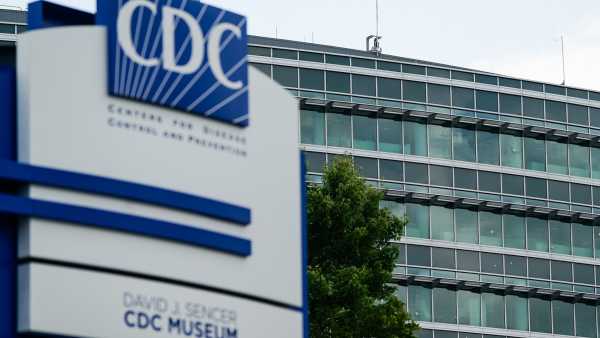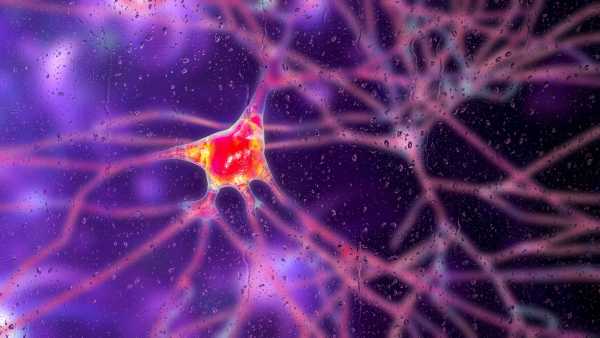
Huntington's disease is an inherited disorder that causes brain cell death. Clinical trials suggest a new gene therapy may help slow the disease's progression. (Photo: KATERYNA KON/SCIENCE PHOTO LIBRARY via Getty Images)
In the first groundbreaking clinical trials, gene therapy slowed the progression of Huntington's disease, a rare genetic disorder in which toxic protein fragments cause brain cell dysfunction and death.
Currently, approved treatments for Huntington's disease are aimed at relieving its symptoms, which most often appear between the ages of 30 and 40. This progressive disease damages and destroys key neurons responsible for mood regulation, cognitive function, and motor control. Various medications can help manage the depression, hallucinations, and impaired motor coordination that result from this disorder.
You may like
-
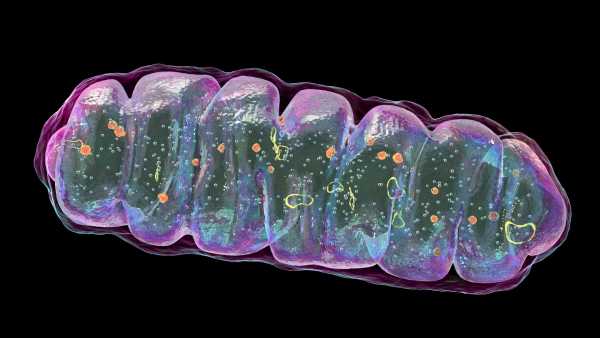
8-year-old child with rare fatal disease shows significant improvement after experimental treatment
-

The tragic death of gene therapy, which halted the field for a decade, occurred on September 17, 1999.
-

In the first study, congenital deafness in adolescents and adults was treated with a new gene therapy.
In trial results published on Wednesday (September 24), scientists announced that a new gene therapy called AMT-130 appears to slow the progression of the disease – a first in the field.
“These groundbreaking data are the most compelling evidence in this area to date and highlight the drug's disease-modifying effect in Huntington's disease, where there remains a pressing need for such a treatment,” said Dr. Sarah Tabrizi, lead scientific adviser on the study and director of the Huntington's Disease Centre at University College London (UCL). “AMT-130 may help patients maintain daily activities, prolong their ability to work, and significantly slow disease progression.”
Huntington's disease, which affects an estimated one in 20,000 to 10,000 people in the United States, is caused by mutations in the HTT gene, which encodes a protein known as huntingtin. This protein is present in many tissues of the body, but its concentration is highest in the brain. The role of this protein in cells is not fully understood, although its proposed functions include repairing DNA damage and transporting substances within cells.
The HTT gene contains a region in the DNA code where three letters—CAG—are repeated 10 to 35 times, depending on the individual's characteristics. However, in people with Huntington's disease, the repetition reaches an extreme level: CAG occurs 36 to 120 times. People with 40 or more repeats almost always develop the disease, while those with 36 to 39 repeats have a lower risk. The repeats cause cells to produce an overly long version of the huntingtin protein, which then breaks down into smaller, toxic fragments that accumulate inside brain cells.
The AMT-130 gene therapy, developed by the study's sponsor, uniQure, works by suppressing the HTT gene—both healthy and mutant. It should be noted that gene therapy is not typically 100% effective, meaning the treatment does not affect every copy of HTT in the target tissue; rather than completely eliminating gene activity, it significantly reduces it.
To achieve this, the therapy introduces a new gene into cells in two brain regions most affected by Huntington's disease: the putamen and the caudate nucleus. The gene itself carries instructions for microRNA, a type of molecule that controls gene activity. In this case, the microRNA disrupts the process by which the HTT gene code is translated into proteins. It binds to messenger RNA (mRNA) in cells, which would normally transmit the HTT gene information to the cellular protein factories.
AMT-130 is delivered to the body within a harmless virus, which serves as a kind of “transporter” for microRNA. (Viruses of this type are commonly used in gene therapy.) Administering the drug to the brain requires a complex surgery, during which doctors use MRI to guide tiny catheters to the desired points in the organ. The drug is administered once, so only one surgery is required.
You may like
-
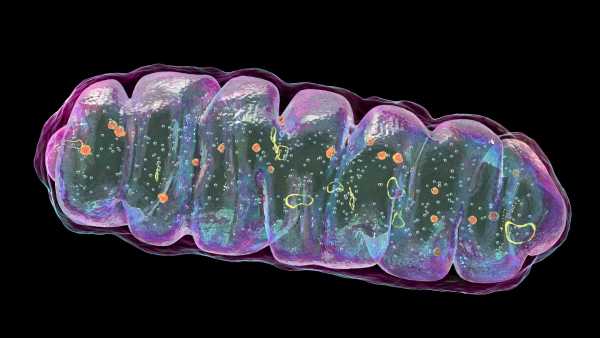
8-year-old child with rare fatal disease shows significant improvement after experimental treatment
-

The tragic death of gene therapy, which halted the field for a decade, occurred on September 17, 1999.
-

In the first study, congenital deafness in adolescents and adults was treated with a new gene therapy.
During the study, 29 patients received the new therapy: 17 received the high dose and 12 received the low dose. Twelve patients from each group then completed a three-year follow-up, which was included in this new analysis.
The treated patients were compared with a cohort of Huntington's disease patients receiving only standard therapy and being monitored as part of the long-term Enroll-HD study. To track and compare the patients' progression, the researchers used a standard Huntington's disease progression assessment scale. They also measured levels of neurofilament light protein (NfL), which appears in the fluid surrounding the spinal cord when neurons are damaged.
The study results showed that after three years, patients receiving the high dose of AMT-130 had a 75% reduction in disease progression compared to the standard treatment group. The high-dose group also saw a decrease in average NfL levels over this period, indicating a reduction in neuronal damage. Normally, protein levels rise sharply by approximately 20-30% over three years.
“AMT-130 was generally well tolerated, with a manageable safety profile at both doses,” the statement noted. “The most common adverse events [side effects] in both treatment groups were related to the administration procedure, and all were resolved.”
“My patients in the study have been stable for a long time, which is unusual for me to see in Huntington's disease,” said Dr. Ed Wild, principal investigator of the Huntington's Disease Research Centre at University College London. “One of them is my only medically retired Huntington's disease patient who has been able to return to work.”
RELATED STORIES
— The cause of a fatal neurodegenerative disorder has been identified.
— A trial has shown that real-time brain stimulation halves the symptoms of Parkinson's disease.
— According to the results of a large-scale study, a gene variant found in one in five people may protect against Alzheimer's and Parkinson's diseases.
He added that “the trial results are presented in numbers and graphs, but behind every piece of data is an incredible patient who voluntarily agreed to undergo major neurosurgery to receive the first gene therapy we've ever tested for Huntington's disease. This is an unprecedented act of courage for the benefit of humanity.”
According to statements from uniQure and UCL, the company plans to submit an application for registration with the US Food and Drug Administration (FDA) early next year, followed by approval in Europe. AMT-130 has already received Breakthrough Therapy and Advanced Therapy in Regenerative Medicine designations from the US FDA, indicating that regulators consider this therapy promising for treating patients with unmet medical needs.
Disclaimer
This article is for informational purposes only and does not contain medical advice.

Nicoletta Lanese. Social media navigation. Editor of the “Health” channel.
Nicoletta Lanez is the health editor for Live Science and previously served as a news editor and staff writer for this website. She holds a certificate in science communication from the University of California, Santa Cruz, and degrees in neuroscience and dance from the University of Florida. Her work has appeared in The Scientist, Science News, Mercury News, Mongabay, and Stanford Medicine Magazine, among other publications. Based in New York City, she is also an avid dancer and performs in productions by local choreographers.
You must verify your public display name before commenting.
Please log out and log back in. You will then be asked to enter a display name.
Exit Read more
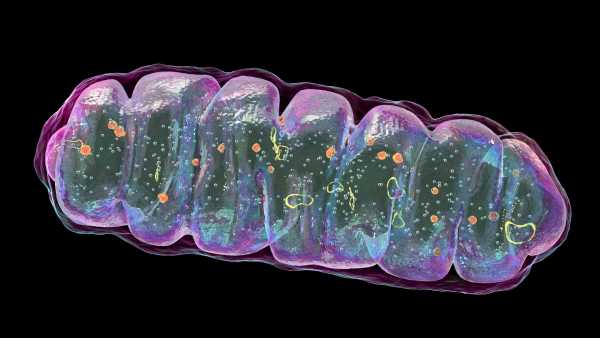
8-year-old child with rare fatal disease shows significant improvement after experimental treatment

The tragic death of gene therapy, which halted the field for a decade, occurred on September 17, 1999.

In the first study, congenital deafness in adolescents and adults was treated with a new gene therapy.
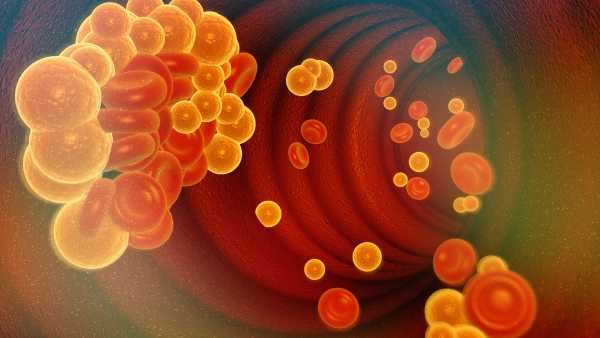
Experimental high cholesterol treatment edits DNA in the body to lower LDL levels
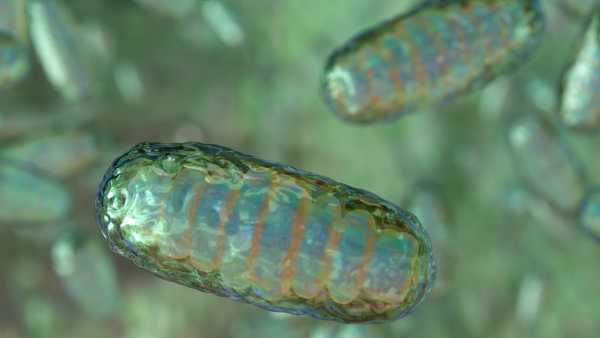
8 children saved from potentially fatal inherited diseases thanks to new IVF research using 'mitochondrial donation'
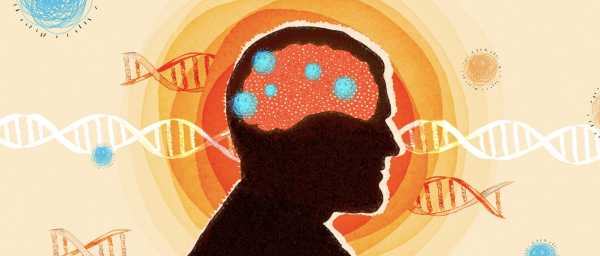
Remnants of ancient viruses make up 40% of our genome. They can cause brain degeneration.
Latest news on medicine and drugs

Who's Eligible for the COVID Vaccine This Year? Everything You Need to Know
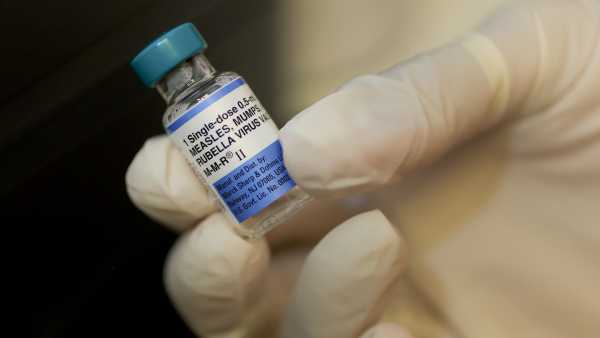
CDC committee votes to change measles vaccination recommendations for young children

Robert Kennedy's hand-picked advisers will be arriving to discuss the childhood vaccination schedule. Here's what you need to know.

An innovative drug for the treatment of cystic fibrosis, which extends life by decades, has earned its developers an “American Nobel Prize” of $250,000.

A study has found that just one dose of LSD can relieve anxiety for months.
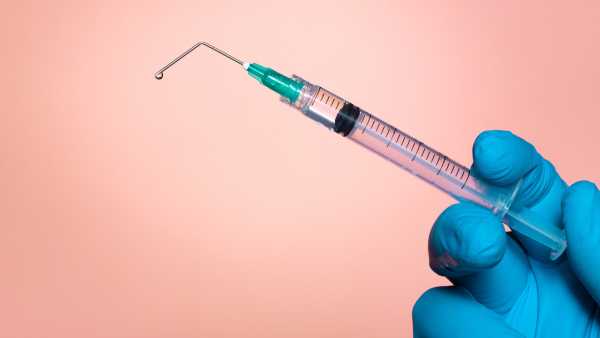
Robert Kennedy Jr. wants to reform the country's “vaccine court.” Here's what's stopping him.
Latest news

A mysterious creature discovered in Peru's 'forbidden cloud forest' is a new species of marsupial.

A 95-million-year-old, never-before-seen 'tiny skull' of a crocodile-like creature has been discovered in Montana.
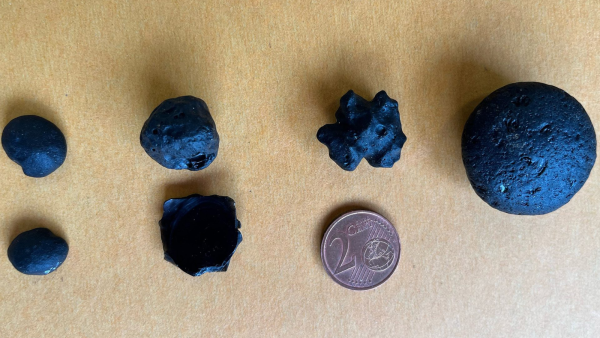
Strange glass in Australia appears to be formed by a giant asteroid impact, but scientists 'have yet to find the crater'
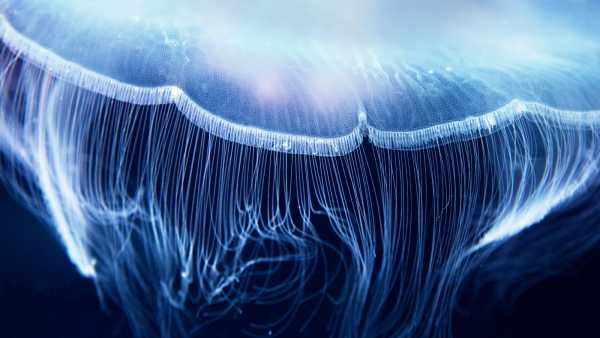
A scientific breakthrough has led to the creation of a 'fluorescent biological qubit' – this could mean turning your cells into quantum sensors.

Scientists were shocked to discover a rare 'Einstein cross' with a surprise at its centre.

A 5,000-year-old, 43-foot-long stone tomb has been discovered in Spain. It contains multiple prehistoric burials.
LATEST ARTICLES

1A mysterious creature discovered in Peru's 'forbidden cloud forest' is a new species of marsupial.
Live Science magazine is part of Future US Inc., an international media group and leading digital publisher. Visit our corporate website.
- About Us
- Contact Future experts
- Terms and Conditions
- Privacy Policy
- Cookie Policy
- Accessibility Statement
- Advertise with us
- Web notifications
- Career
- Editorial standards
- How to present history to us
© Future US, Inc. Full 7th Floor, 130 West 42nd Street, New York, NY 10036.
var dfp_config = { “site_platform”: “vanilla”, “keywords”: “type-news-trending,serversidehawk,videoarticle,van-enable-adviser-
Sourse: www.livescience.com



